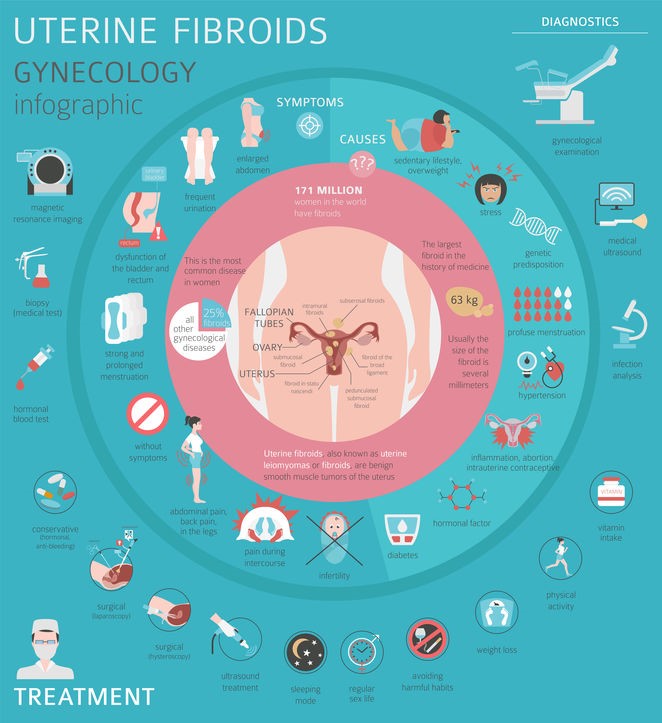Migraine headaches usually present with a sensitivity to light, sound, and smells. Most times the throbbing and pounding pain is located on one side of the head followed by nausea or vomiting, eye pain and physical activity that seems to exacerbate the symptoms.
There are many types of migraines with a diverse list of the severity of symptoms, but at the foundation of these headaches are certain triggers, which can be identified and then addressed leading to more trouble-free days.
- Stress: Researchers believe that stress releases a protein particle called peptides, this causes blood vessels to expand and become inflamed, which establishes an environment for migraines
- Hormonal changes: Migraine headaches have been linked to the hormone estrogen, this is because estrogen controls chemicals in the brain that can affect the sensation of pain.
- Skipping meals: Can cause unexpected lows in the body’s glycemic levels, which can act as a precursor to migraines.
- Avoid certain foods: Caffeine, processed meats, foods with monosodium glutamate (MSG), red wine, soy products, and artificial sweeteners, and aged cheese contain chemicals some which are naturally occurring, can cause abnormal excitability in the central nervous system.
While some migraines have an unknown origin, what does continue to surface in the study of headaches are the triggers. Many of those triggers appear to have an impact on the neurotransmitters in the brain. Neurotransmitters are how the neurons carry messages to each other, some transmitters excite the pathways, and there are some that calm. Serotonin, histamine, dopamine, endorphin, are an example of these transmitters, when there is an imbalance in the neurotransmitters, this can cause the Central Nervous System to become overactive or hypersensitive, leading to migraines.
As you go about your daily life activities, take time to bring some balance to your life, whether through a change in diet, a yoga class, exercise, or some other stress relieving activity, after all, you deserve it.







